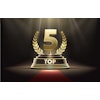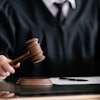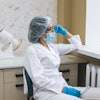Dear DrBicuspid Member,
The desire to detect and diagnose oral cancer and carious lesions at earlier stages has led to the development of a number of tools designed to complement visual examination of the oral cavity.
While numerous studies have demonstrated the utility of these tools, debate continues over the degree to which practitioners should rely on them for primary diagnostic purposes.
For example, while a new study in Oral Diseases confirmed that toluidine blue (used in conjunction with the ViziLite system) is a useful adjunct for detecting oral cancer, it may not offer enough sensitivity for detecting oral epithelial dysplasia, often a precursor to oral cancer. Read more.
And a study in the latest Journal of the American Dental Association comparing the performance of laser-based caries detection devices to visual examination, radiography, and histology found that, while these devices offer useful clinical decision-making support, they should not be relied on as the primary diagnostic method. Click here to read more, including a comparison of the researchers' optimal clinical cutoffs versus those recommended by the manufacturers.
Finally, in the latest addition to our popular Leaders in Dentistry series,
Ina Pockrass, co-founder of the Eco-Dentistry Association, talks about her group's efforts to help dental practices around the world adopt eco-friendly practices that can enhance their work environment, improve patient loyalty, and reduce expenses.















